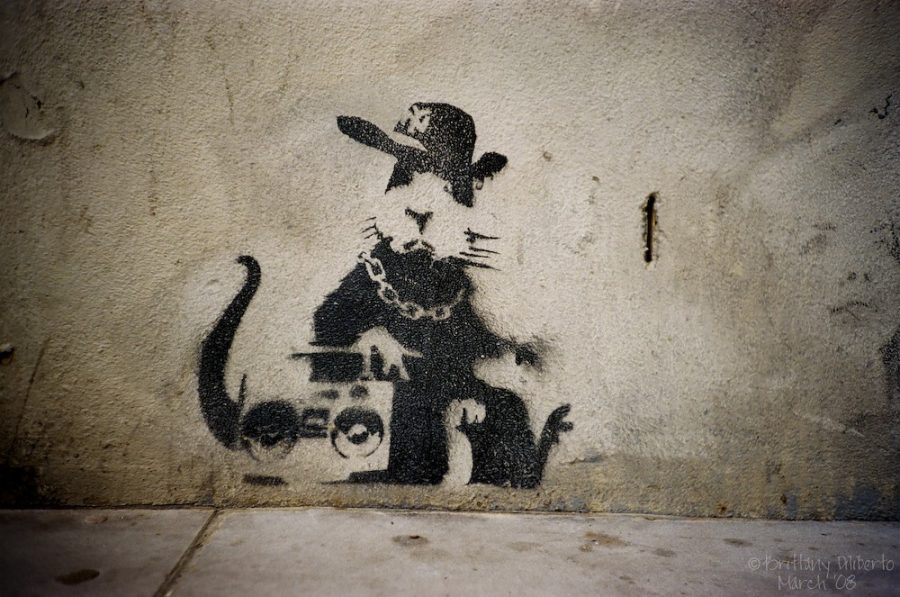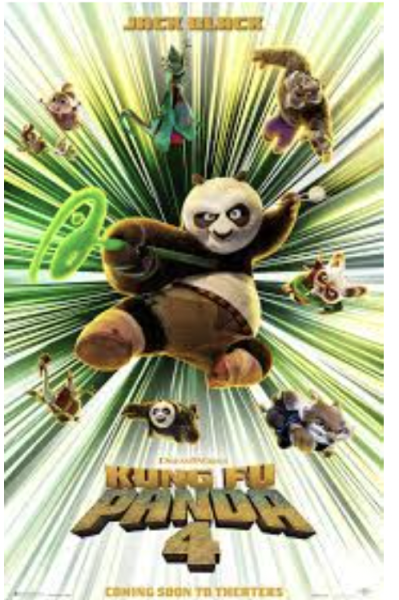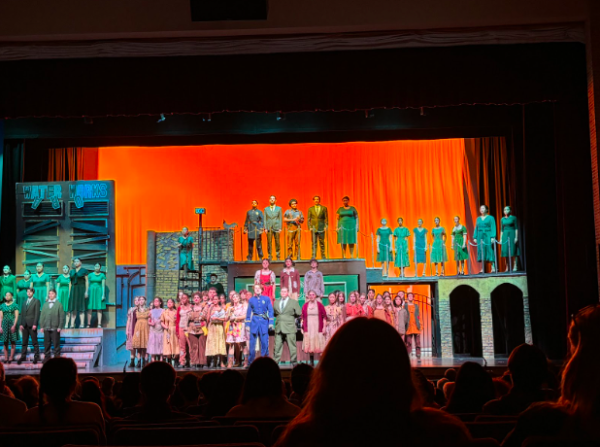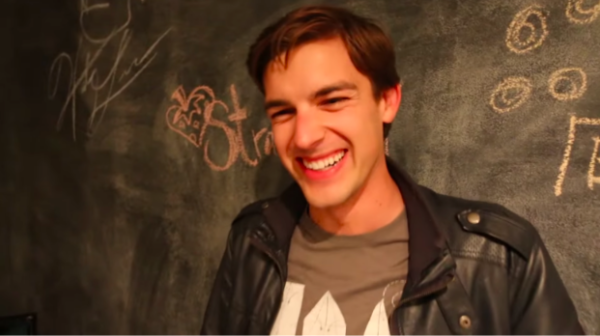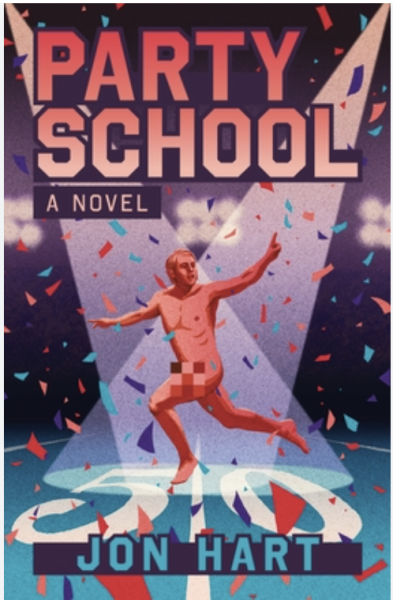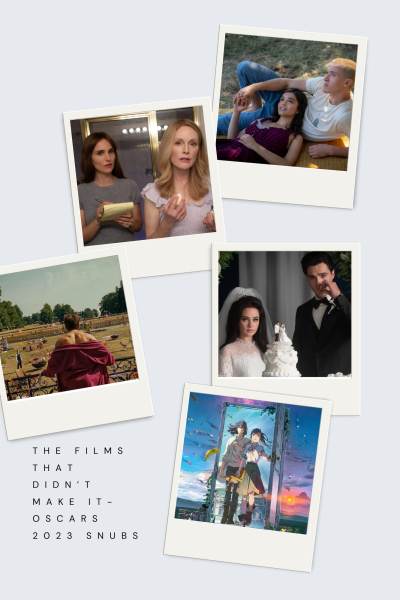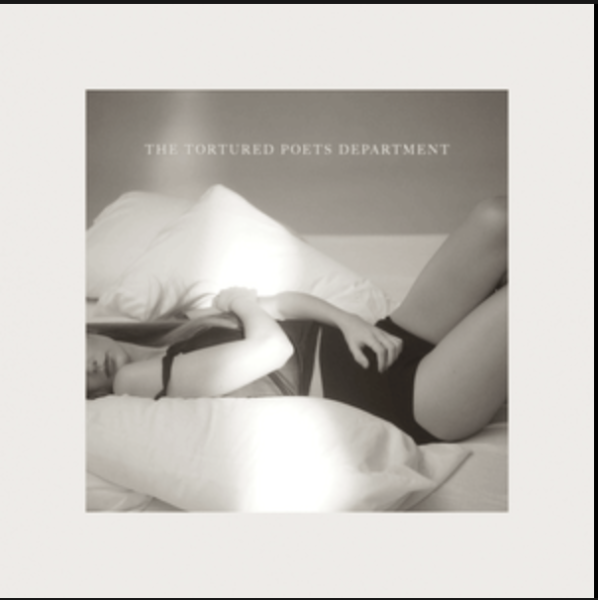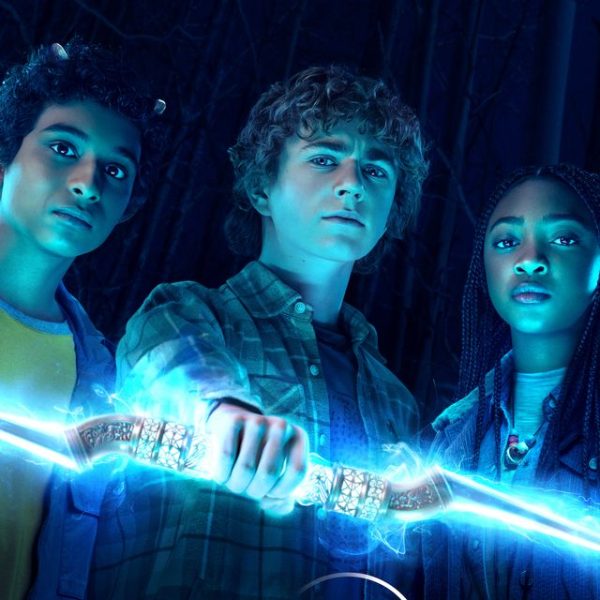The History of Hip-Hop
Hip-hop is the cultural movement that attained widespread popularity in the 1980s and 90s!
More stories from NAOMI DIAZ
https://www.flickr.com/photos/timtimes/3219609202
Still, hip-hop’s industry continued to grow and new artists began to emerge whose names can be recognizable today.
Ahhh yes; our beloved era of the 90s’, the realest of them all. It was a time where an abundance of powerful, beautiful culture was put into the spotlight of the media, becoming the iconic, unforgettable trend of the century. The baggy clothing, name-embezzled chains, blinding grillz, hoop and bamboo earrings with nails that go for miles that everyone loved to rock way-back-when are massive products of Black, African American, and Latino culture.
Now, let’s backpedal; where did all of this exactly come from?
Hip-hop is the cultural movement that attained widespread popularity in the 1980s and ’90s; also, the backing music for rap, the musical style incorporating rhythmic and/or rhyming speech that became the movement’s most lasting and influential art form.
Allow me to break it down; let’s take a look at the actual words: “hip-hop.” The first word, “hip,” originates from the Senegalese language known as Wolof, stemming from the word, “hipi.” This term directly translates “to open one’s eyes and see,” and is typically used as a term of enlightenment.
The second word, “hop,” originates from the English language, signifying movement. We bundle all of these components together, thus producing the term, “hip-hop,” essentially meaning “intelligent movement.”
There are 5 essential pillars to hip-hop, crafted by their founding fathers in New York City:
- deejaying, or “turntabling”; rapping, also known as “MCing” (pronounced- “em-ceeing”) meaning “master of ceremony”
- Rhyme; correspondence of sound between words or the endings of words, especially when these are used at the ends of lines of poetry.
- graffiti painting, also known as “graf” or “writing”
- break dancing, or “B-boying,” which encompasses hip-hop dance, style, and attitude, along with the sort of virile body language
- “knowledge of self/consciousness.”
Of course, we can never truly appreciate what we presently know without tuning into the deep history of hip-hop; the godparents. The beginnings of the dancing, rapping, and deejaying components of hip-hop were bound together by the shared environment in which these art forms evolved. The first major hip-hop deejay was DJ Kool Herc (Clive Campbell), an 18-year-old immigrant who introduced the huge sound systems of his native Jamaica to inner-city parties.
Using two turntables, he melded percussive fragments from older records with popular dance songs to create a continuous flow of music. He spun the same record on twin turntables, toggling between them to isolate and extend percussion breaks—the most danceable sections of a song. It was a technique that filled the floor with dancers who had spent days and weeks polishing their moves.
Kool Herc and other pioneering hip-hop deejays such as Grand Wizard Theodore, Afrika Bambaataa, and Grandmaster Flash isolated and extended the break beat, conjuring a revolution that would extend beyond imaginable.
Flourishing in an instant, hip-hop culture came into the media with a boom; it quickly became a stunning image in the wake of the 80s. In the mid-1980s the next wave of rappers, the new school, came to prominence. At the forefront of the awakening was Run-D.M.C., a trio of middle-class African Americans who fused rap with hard rock, defined a new style of hip dress, and became staples on as they brought rap to a mainstream audience.
Hip-hop artists from places other than New York City began to make their mark, including DJ Jazzy Jeff and the Fresh Prince (Will Smith), from Philadelphia; the provocative 2 Live Crew, from Miami; and M.C. Hammer, from Oakland, California, who experienced short-lived but massive crossover success with a pop audience.
The most significant response to New York hip-hop, though, came from Los Angeles, beginning in 1989 with N.W.A.’s dynamic album Straight Outta Compton. Pioneers including Ice Cube, Eazy E, and Dr. Dre—led the way as West Coast rap grew in prominence in the early 1990s.
As the Los Angeles-based label Death Row Records built an empire around Dr. Dre, Snoop Dogg, and the charismatic, complicated rapper-actor Tupac Shakur, it also entered into a rivalry with New York City’s Bad Boy Records. This developed into a media-fueled hostility between East Coast and West Coast rappers, which culminated in the still-unsolved murders of Shakur and the wildly gifted MC known as the Notorious B.I.G.
Later on into the 90s, lyricists on the come up found their spotlight to bathe in and mics to split amplifying revelations of rapid fire. Never failing to taint the stage floor with their influence, their titles always remain iconic on the tongues of the children of the generations. Not to mention the unforgettable hip-hop groups that took form in influence of the paradigmatic soloists that roamed before them. This tradition in evolution embedded in the art as a whole symbolizes unity in which hip-hop perpetuates, particularly applied to communities of color.
As the century turned, the music industry began to weaken and entered into a crisis. Hip-hop suffered at least as severely as or worse than other genres, with sales tumbling throughout the decade. Along with this setback, the industry began a new level of hate and backlash. Suffering with the perpetuated negative stereotypes from society, hip-hop came face-to-face with the pop industry, competing to reserve its place in a spotlight. It was a trivial process to attempt to plow through this suffocating turmoil; however, simultaneously, it eventually solidified its standing as the dominant influence on global pop and youth culture.
Hip-hop began to be perceived through a rose-tinted lens, and unfortunately, the color of the industry slowly began to be washed out by pop. With all of the resultant pressures of accessibility, and the intricacy and subversive nature of earlier MCs had largely been pushed to the “alternative”/“underground” scene spearheaded by rappers such as Mos Def (later known as Yasiin Bey) and MF DOOM. The dissatisfaction with the state of mainstream hip-hop was sufficiently common that in 2006 Nas released an album titled Hip Hop Is Dead.
Regardless of hip-hop’s own internal struggles, the music’s global impact constantly continued to expand. In the wake of the early 2000s’, tons of new lyricists emerged into the genre that we know of today; legends like Dr. Dre, M.I.A., LL Cool, Ice Cube, Queen Latifah, and Ice Cube pathed a new path in hip-hop. All these names remain unforgettable.
Still, hip-hop’s industry continued to grow and new artists began to emerge whose names can be recognizable today. The revolutionary contributions of these legends gifted the later generations with this unforgettable culture. The complexity of hip-hop lays groundwork and instruction that allows a plethora of branches to flourish over time from its core. This is a gift, allowing us the ability to identify multitudes of aspects categorized under this culture in the present. Although hip-hop now will never– and I repeat NEVER– emulate how it used to be back-in-the-day, this long history extends onward, lacing this era with logical descendants that continue to carry out this beautiful blessing on the planet.

